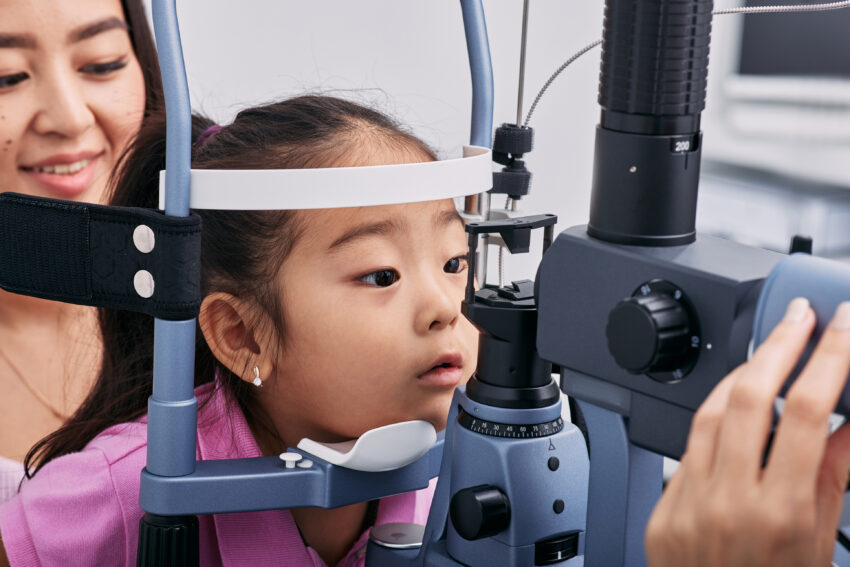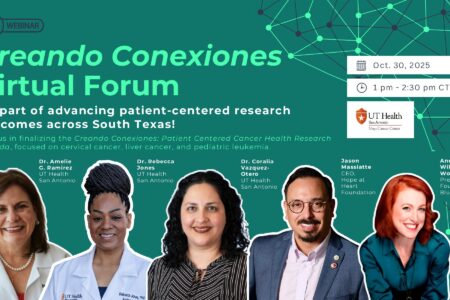
Share On Social!
Your eye health is important.
In fact, when left unchecked, poor eye health can lead to serious complications for your overall health and quality of life. This is especially true for children.
One of the biggest threats to eye health is myopia, or nearsightedness, which is a very common eye condition, affecting many children.
Here are five facts about Myopia you should be aware of and how to tackle them to make sure your child kicks the school year off on the right foot.
You can also donate to help families afford eye exams for their children!
1. Myopia Affects Many Children
Myopia, or nearsightedness, affects 40% of people in the US, according to Cleveland Clinic.
However, the condition is rising in school-aged children. Experts anticipate that this will continue in the future.
This could be due to the amount of time children spend reading or watching on their smartphones and computers, which could increase the risk for myopia.
When it comes to children, the vision problem impacts 1 in every 20 preschoolers and 1 in every 4 school-age children, according to Prevent Blindness Texas.
This is startling considering 80% of what a child learns is through visual means, with one in four children having an undetected vision problem, according to the organization.
What’s more, the longer it goes undiagnosed and treated, the brain grows to accommodate the problem, making it worse over time.
2. Myopia Can Be Hereditary
Nearsightedness can be caused by when one or both of the child’s parents have myopia, according to the Cleveland Clinic.
Others can develop it based on lifestyle procedures or conditions. For instance, if you use your sight close up for a lot then you’re more likely to develop myopia.
You can also develop myopia if you spend a lot of time outdoors.
Lastly, people of certain backgrounds and populations are more likely to be nearsighted.
3. Myopia Has Several Symptoms
There are many symptoms associated with myopia, according to Cleveland Clinic.
People with myopia may exhibit the following symptoms:
- Faraway objects look blurry or fuzzy
- Close items are clearer
- Headaches
- Eye strain
- Squinting
- Tiredness when driving, playing sports, etc.
4. Myopia Can Cause Serious Vision Complications
While cases of myopia can be easily treated, some cases can lead to more serious conditions, especially later in life.
Pathologic myopia can lead to cataracts, glaucoma, optic neuropathy, neovascularization, and retinal detachment, according to Cleveland Clinic.
What’s more, having myopia may make someone more vulnerable to these eye conditions, including unwanted blood vessels in the eye and myopic optic neuropathy.
5. Comprehensive Eye Exams Can Help Treat Myopia
Luckily, treating myopia is very easy and symptoms can be managed with the use of eyeglasses, contact lenses, or corrective surgery.

But those require an eye exam.
Not all children are in position to see an eye doctor to correct myopia.
Certain factors, known as the non-medical drivers of health, can impact the type of care you receive. These can range from lack of access to an eye doctor or lack of insurance.
That’s why Prevent Blindness Texas is hosting a back-to-school fundraiser to help kids afford the cost of a comprehensive eye exam.
Donations go toward helping a child receive critical eye care.
A donation of $50 could pay for an exam for a child and “make the difference for them seeing clearly for the first time,” according to the organization.
“Thank you!!!! Madison got her glasses today. She declared “I can see!!” She is skipping everywhere, and she shared that she even got a free spray to keep her purple glasses clean. Thank you for helping this wonderful student. This was the missing link for her to do her best in class.” Claudia R.
The back-to-school campaign aims to raise $15,000.
Improve Health in Your Community
How is the state of health in your community?
Find out by downloading a Salud America! Health Report Card for your town!
Enter your county name and get auto-generated local data with interactive maps and comparative gauges on several health indicators. This can help you visualize and explore local issues in education, housing, transportation, food, health, and more.
See how your county stacks up compared to the rest of your state and nation.
Then email the Report Card to local leaders to raise awareness, include the data in a presentation or grant proposal, or share it on social media to drive healthy change in your community!
By The Numbers
142
Percent
Expected rise in Latino cancer cases in coming years



